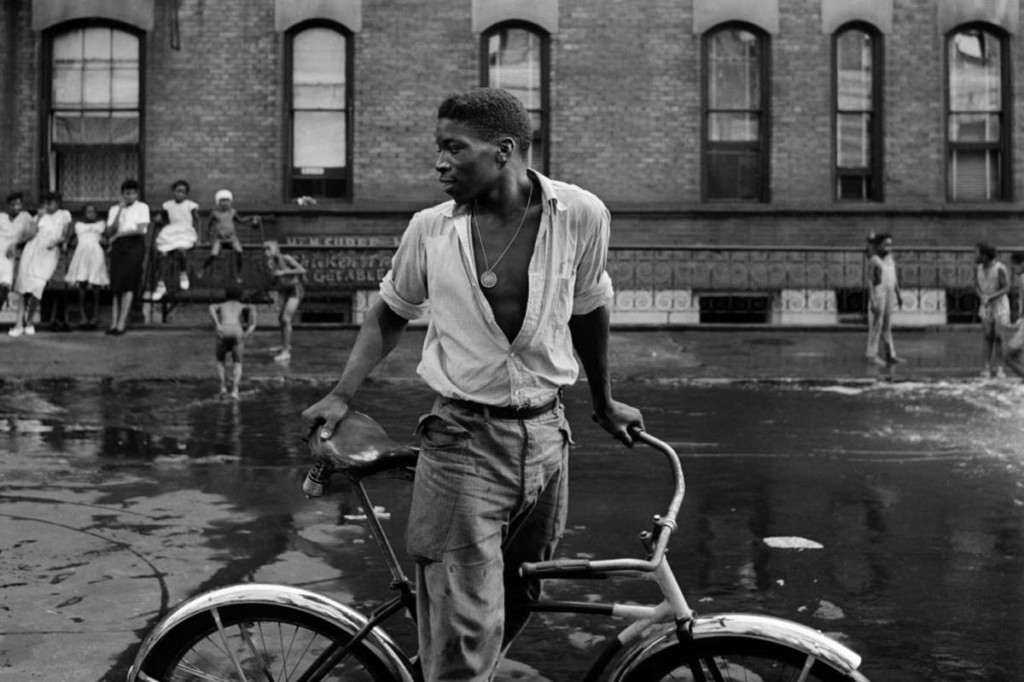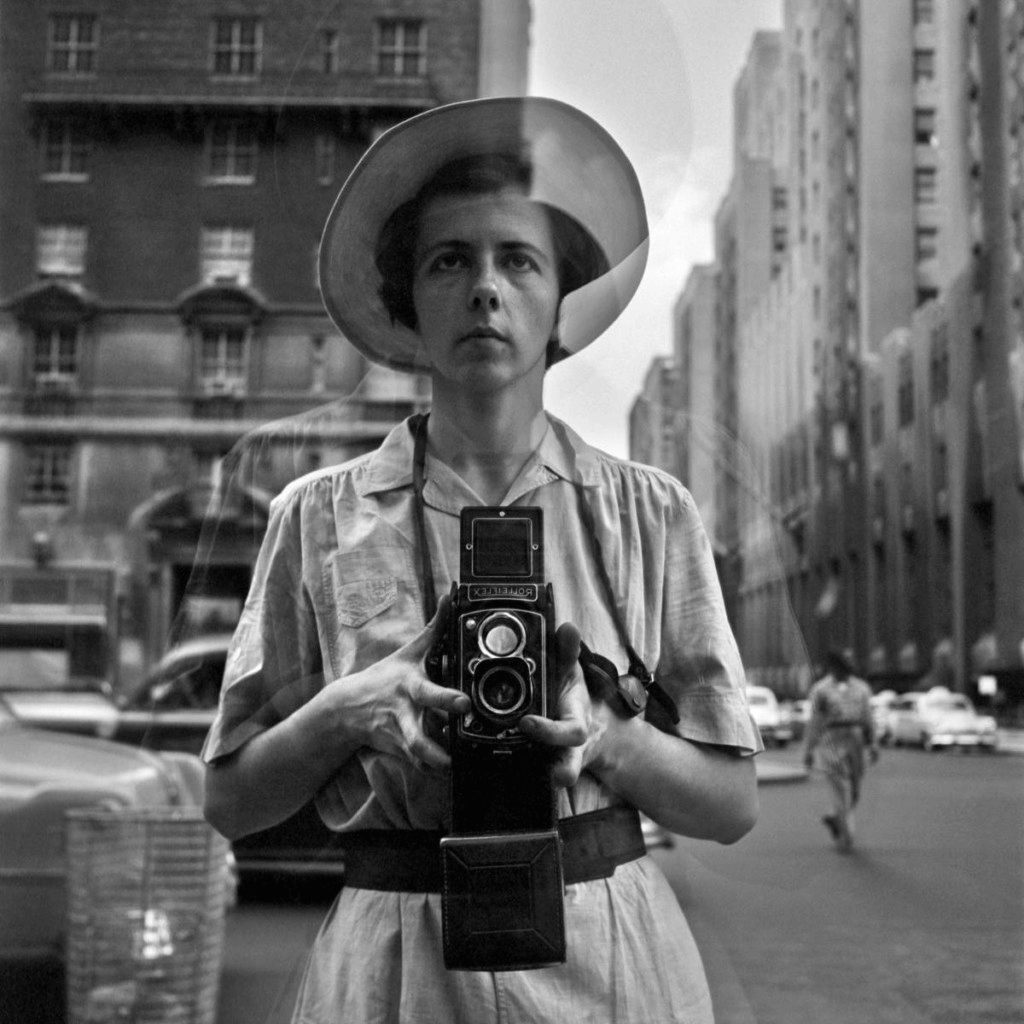Framing Streets - Questions
Framing Streets - Questions
Blog Article
The Main Principles Of Framing Streets
Table of Contents3 Simple Techniques For Framing StreetsOur Framing Streets IdeasThe smart Trick of Framing Streets That Nobody is Talking AboutThe 5-Minute Rule for Framing Streets

Both at the Museum of Modern Art (Mo, MA). Influenced by Frank, in the 1960s Garry Winogrand, Lee Friedlander and Joel Meyerowitz began photographing on the roads of New york city. Phil Coomes, composing for BBC Information in 2013, claimed "For those people thinking about road digital photography there are a few names that stand out and among those is Garry Winogrand"; critic Sean O'Hagan, creating in in 2014, stated "In the 1960s and 70s, he defined street digital photography as a mindset as well as a design and it has actually laboured in his shadow since, so definitive are his pictures of New York." Returning to the UK in 1965 from the United States where he had fulfilled Winogrand and embraced road photography, Tony Ray-Jones transformed a wry eye on typically unique groupings of British individuals on their vacations or taking part in festivals.
Road digital photography is a large style that can be defined in several ways, but it is usually defined by the spontaneous recording of an unrepeatable, short lived moment, commonly of the day-to-day going-ons of complete strangers. It is typically shot with broader angle lenses (e. g. 35mm) and usually features city environments.
Not known Factual Statements About Framing Streets
Docudrama digital photographers usually have a specified, premeditated message and an intention to tape-record specific events in history (https://framing-streets.mailchimpsites.com/). The range of the documentary method encompasses elements of journalism, art, education, sociology and background. In social examination, docudrama pictures are commonly planned to prompt, or to highlight the requirement for, societal modification
Street photography is normally seen as unposed and candid, but there are a few street digital photographers that engage with unfamiliar people on the streets and take their portraits. Street portraits are unplanned portraits taken of strangers while out doing road digital photography, nevertheless they are seen as positioned since there is communication with the subject.
Photographing people and areas in public is legal in many countries protecting liberty of expression and journalistic liberty. There are typically limits on just how pictures of people might be utilized and most countries have details legislations concerning individuals's privacy.
Framing Streets Can Be Fun For Anyone
The right to personal privacy is safeguarded by Write-up 8 of the convention. In the context of photography, it stands at odds to the Post 10 right of liberty of expression. Courts will normally think about the public rate of interest in stabilizing the civil liberties through the legal examination of symmetry. While likewise limiting photography in order to secure privacy legal rights, street photography can still be legal in France when gone after as an art type under certain situations.

. that simply roamed into a scene), or that are not also well-known in the picture. https://packersmovers.activeboard.com/t67151553/how-to-connect-canon-mg3620-printer-to-computer/?ts=1704869855&direction=prev&page=last#lastPostAnchor. It likewise does not typically include people that are somebodies (e. g - Lightroom presets. politicians or stars). If a picture is taken into consideration art, the courts will certainly likewise think about the photographer's freedom of imaginative expression; indicating that "artful" road photography can still be legally released in specific cases
About Framing Streets
In Greece the right to take photographs and publish them or market licensing civil liberties over them as fine art or editorial web content is protected by the Constitution of Greece (Post 14 and other posts) browse around these guys and totally free speech legislations as well as by situation legislation and legal instances. Photographing the police and publishing the photos is additionally legal.
In Hungary, from 15 March 2014 anybody taking photos is technically damaging the legislation if somebody wanders right into shot, under a new civil code that disallows taking photos without the approval of everybody in the photo - 50mm street photography. This expands the legislation on grant consist of the taking of pictures, in enhancement to their publication
'Surprise digital photography' (kakushidori hidden, surreptitious photography) 'swiped photography' (nusumitori without any objective of obtaining approval) and "quick digital photography' (hayayori before consent and rejection can be provided) are restricted unless in the previous permission is gotten from the subject instantly after taking the picture. People have rights to their pictures (shzken, droit de image).
Report this page